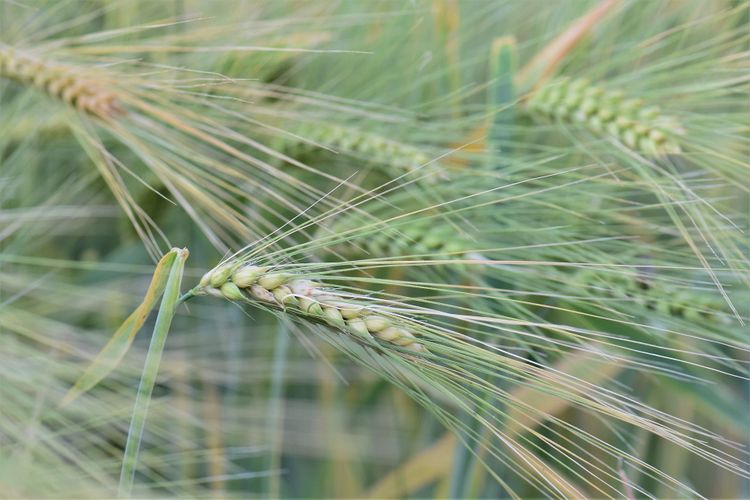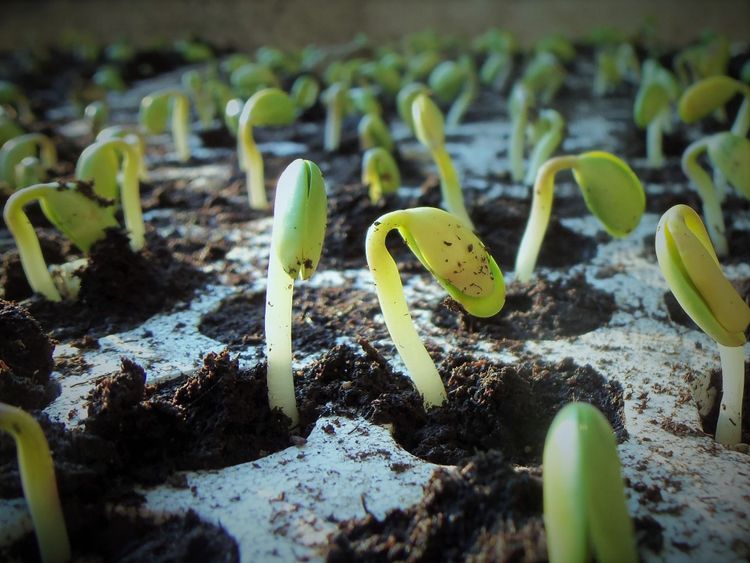What We're Watching This Week - Feb. 06, 2017
COMMODITIES-CLIMATE
Australian Wheat Yields Buck The Long-Term Trend:
In Australia, the amount of rain per season, on average, has dropped by 28% since 1990 while maximum daily temperatures increased by an average of 1.05 degrees Celsius, according to an academic report published last week. Furthermore, the average wheat yield potential in Australia has reportedly dropped by 27% between 1990 and 2015 to 3.2 tonnes per hectare. It is important to note though, that the decline in Australia’s wheat yields have also been driven by the country’s growers expanding wheat plantings into low rain-fed areas. Currently, the country’s wheat yields are poised to beat the trend-line, with the USDA-FAS just this past week reaffirming that Australian wheat yields will jump by 25% in the 2016/17 marketing season. Given that one season does not a trend make, we will continue to keep long-term climate risks in mind when monitoring wheat potential in Australia.

Note: Parkes, AU is one of the areas that saw the largest decline in yield potential since 1990.
FOOD-TRADE
Despite Setbacks, Vietnam’s Seafood Exports Are Growing:
During its 2017 outlook conference, the Vietnam Association of Seafood Producers and Exporters (VASEP) forecasted a year-over-year increase of 5% in the value of Vietnam’s seafood exports. Granted this pace is slower than last year’s 7% increase, it is still quite respectable when one considers the number of pain points–falling output, labor shortages, increased regional competition phytosanitary restrictions–facing the seafood industry in Vietnam. What’s more, the country is seeing strong demand for shrimp from China and the United States. China's shrimp production is projected to decline again in 2017 even as Vietnam expects its shrimp exports in value (USD) to soar by over 20% in 2017. In light of this trade dynamic, we suggest that US import-export operations will need to keep a close watch on production from major producers in Asia.

FARMING
Can Dairy Farmers Churn Out Higher Profits In 2017?
Given the recent recovery in US producer prices for milk, dairy farmers have entered 2017 on steadier footing. However, dairy prices must pierce through the $20 hundredweight level and feed costs will also need to remain stable for the industry to achieve consistent profitability (net income) during 2017. As of November 2016, USDA-ERS estimated that the total cost, which includes overhead and taxes, for operating an average dairy farm was roughly $22 hundredweight. After slogging through the mire for much of 2016, dairy farmers are looking forward to greener pastures. But, nothing is a given with this industry as we has seen during the past five years. As such, we will be keeping a close eye when the USDA updates its Milk Cost of Production forecast on Tuesday.

 Insight
InsightLow US Hard Red Winter Wheat Production Likely, Despite Acreage Boost
 Insight
InsightChina’s Grain Imports Reach Record With a Growing Reliance on Brazil
 Insight
InsightUS Soybean Acreage to Shrink to a Four-Year Low, Gro Predicts
 Insight
Insight

 Search
Search